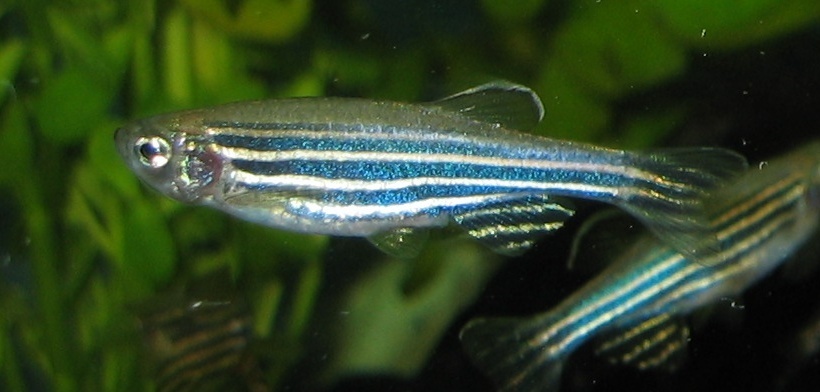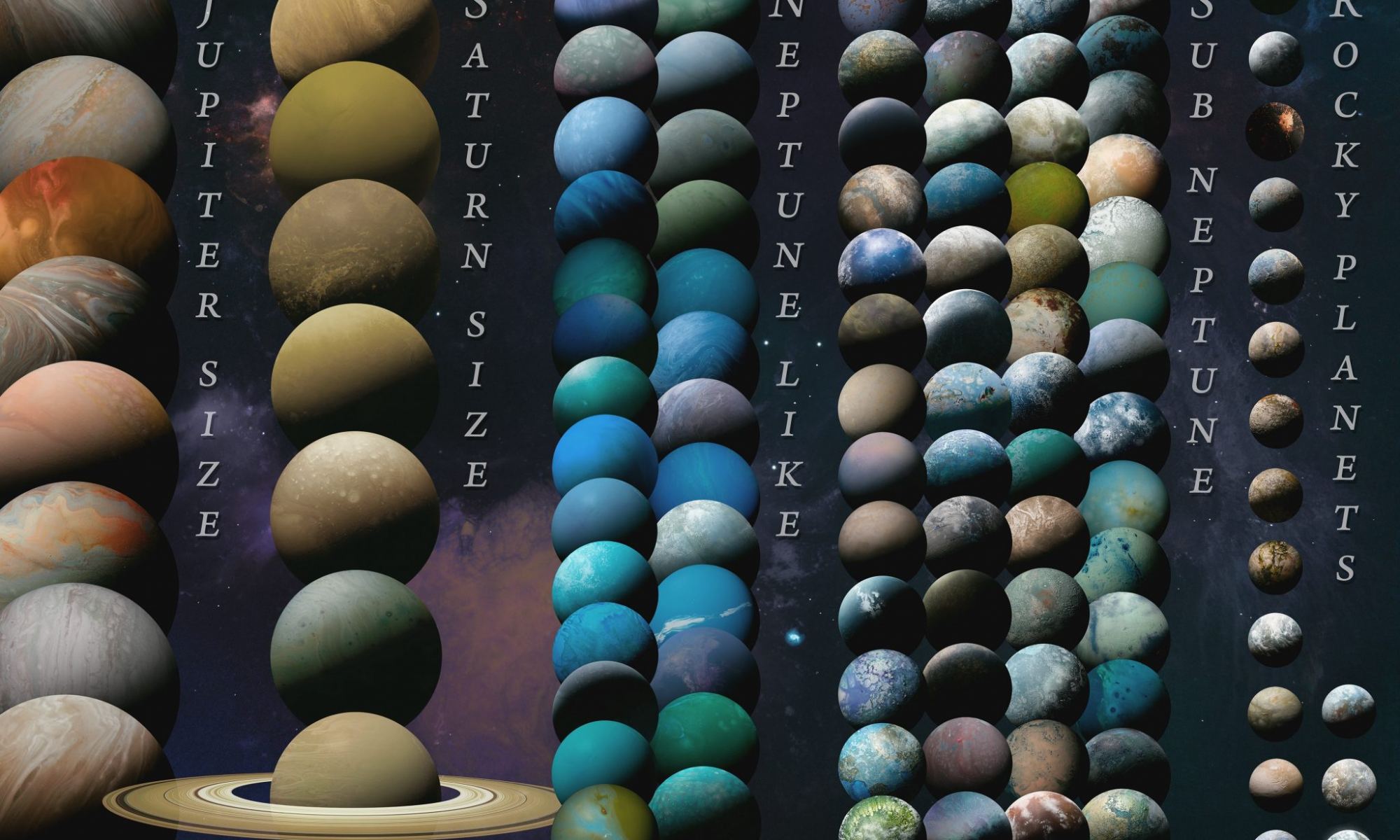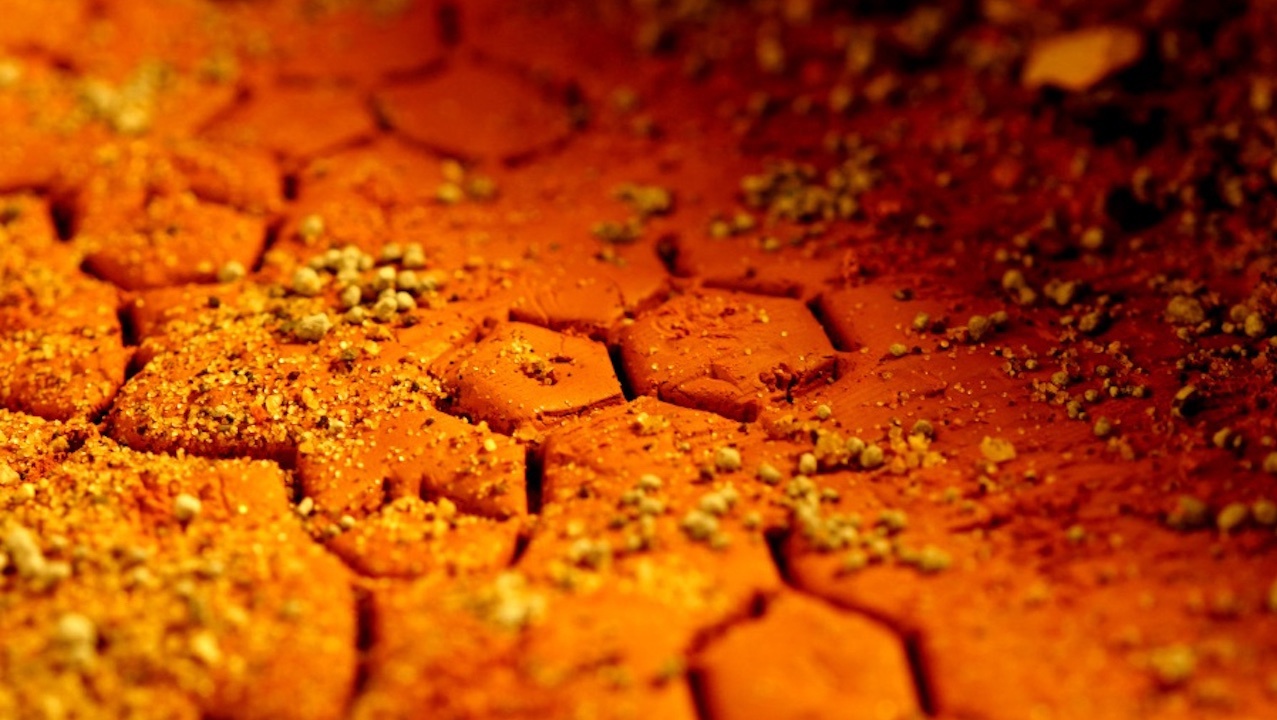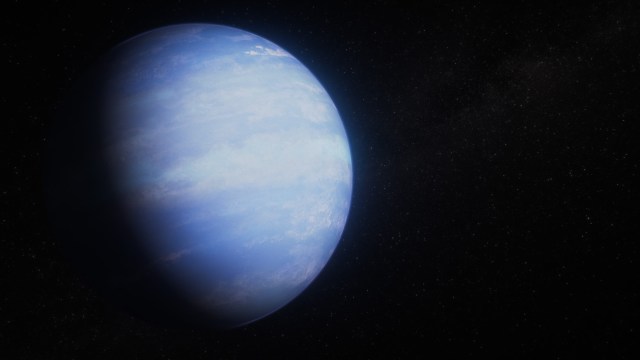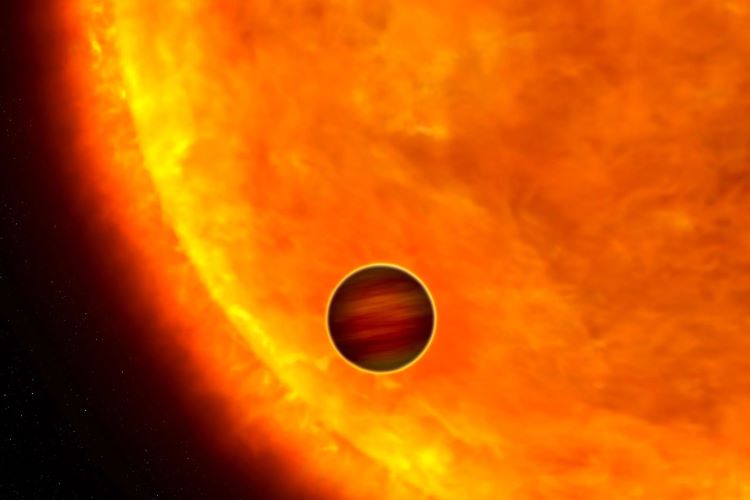Four zebrafish are alive and well after nearly a month in space aboard China’s Tiangong space station. As part of an experiment testing the development of vertebrates in microgravity, the fish live and swim within a small habitat aboard the station.
Continue reading “Fish are Adapting to Weightlessness on the Chinese Space Station”Marvel at the Variety of Planets Found by TESS Already
The hunt for new exoplanets continues. On May 23rd, an international collaboration of scientists published the NASA TESS-Keck Catalog, an effort to publicly release over 9000 radial velocity measurements collected by NASA’s space-based Transiting Exoplanet Survey Satellite (TESS) and the ground-based Keck Observatory, located in Hawai’i, and the Automated Planet Finder, located at the Lick Observatory in California. An accompanying analysis of these validated 32 new planetary candidates and found the masses of 126 confirmed planets and candidates with a wide range of masses and orbits. Let’s dig into some details.
Continue reading “Marvel at the Variety of Planets Found by TESS Already”NASA is Practicing for the Moon With Partial Space Suits
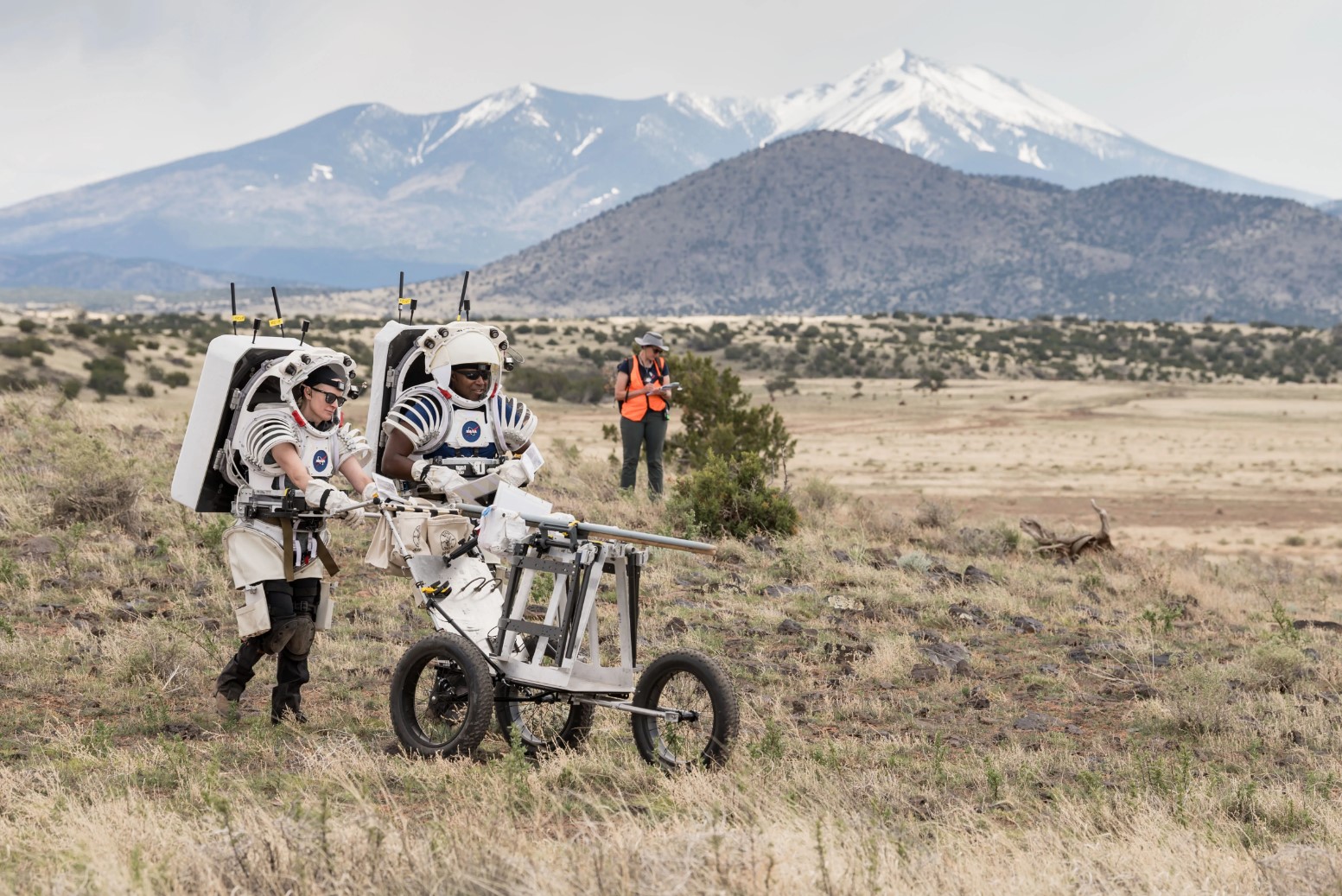
In just a few short years, NASA hopes to put humans back on the lunar surface. The first moonwalk in more than 50 years is scheduled for no earlier than September 2026 as part of the Artemis III mission. In preparation, astronauts, scientists, and flight controllers are conducting simulated spacewalks here on Earth.
Continue reading “NASA is Practicing for the Moon With Partial Space Suits”Toxic Perchlorate on Mars Could Make Life More Interesting
The search for life in the Universe has fascinated humans for centuries. Mars has of course been high on the list of potential habitats for alien existence but since the numerous spacecraft images that have come back showing a barren landscape, it seems Mars may not be so habitable after all. That is, until recently. The Martian regolith, the top layer of dust upon the surface has been found to be full of perchlorate salts. These chemicals are poisonous to most life on Earth but a new study suggests that some extremophile protein enzymes and RNA may just be able to survive!
Continue reading “Toxic Perchlorate on Mars Could Make Life More Interesting”Astronomers Propose a 14-Meter Infrared Space Telescope
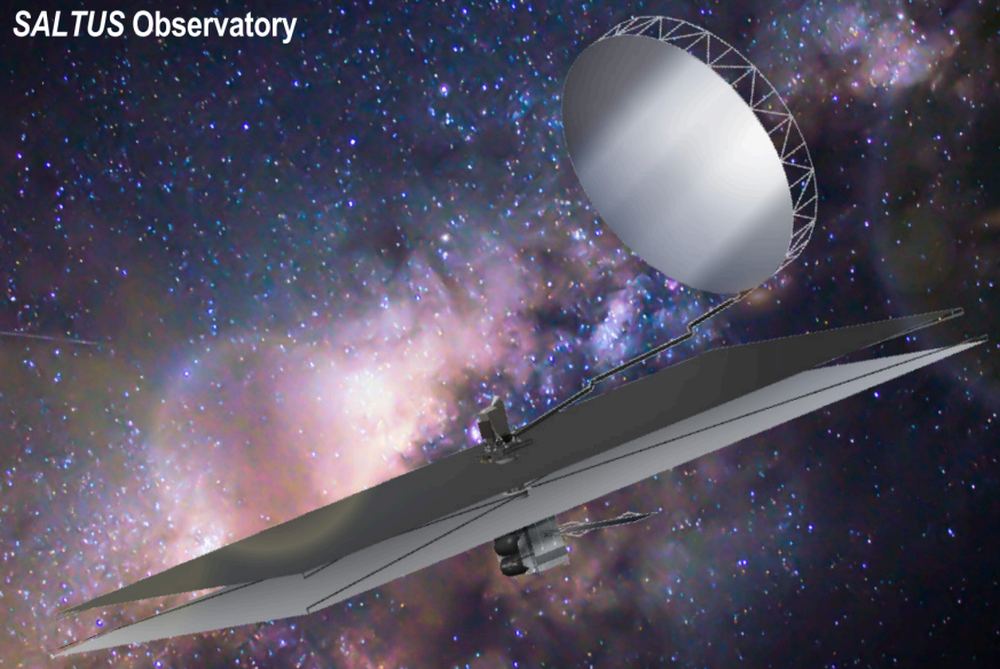
The Universe wants us to understand its origins. Every second of every day, it sends us a multitude of signals, each one a clue to a different aspect of the cosmos. But the Universe is the original Trickster, and its multitude of signals is an almost unrecognizable cacophony of light, warped, shifted, and stretched during its long journey through the expanding Universe.
Continue reading “Astronomers Propose a 14-Meter Infrared Space Telescope”A New Venus-Sized World Found in the Habitable Zone of its Star
The parade of interesting new exoplanets continues. Today, NASA issued a press release announcing the discovery of a new exoplanet in the Gliese 12 system, sized somewhere between Earth and Venus and inside the host star’s habitable zone. Two papers detail the discovery, but both teams think that the planet is an excellent candidate for follow-up with the James Webb Space Telescope (JWST) to try to tease out whether it has an atmosphere and, if so, what that atmosphere is made of.
Continue reading “A New Venus-Sized World Found in the Habitable Zone of its Star”Webb Explains a Puffy Planet
I love the concept of a ‘puffy’ planet! The exoplanets discovered that fall into this category are typically the same size of Jupiter but 1/10th the mass! They tend to orbit their host star at close in orbits and are hot but one has been found that is different from the normal. This Neptune-mass exoplanet has been thought to be cooler but still have a lower density. The James Webb Space Telescope (JWST) has recently discovered that tidal energy from its elliptical orbit keeps its interior churning and puffs it out.
Continue reading “Webb Explains a Puffy Planet”The Largest Camera Ever Built Arrives at the Vera C. Rubin Observatory
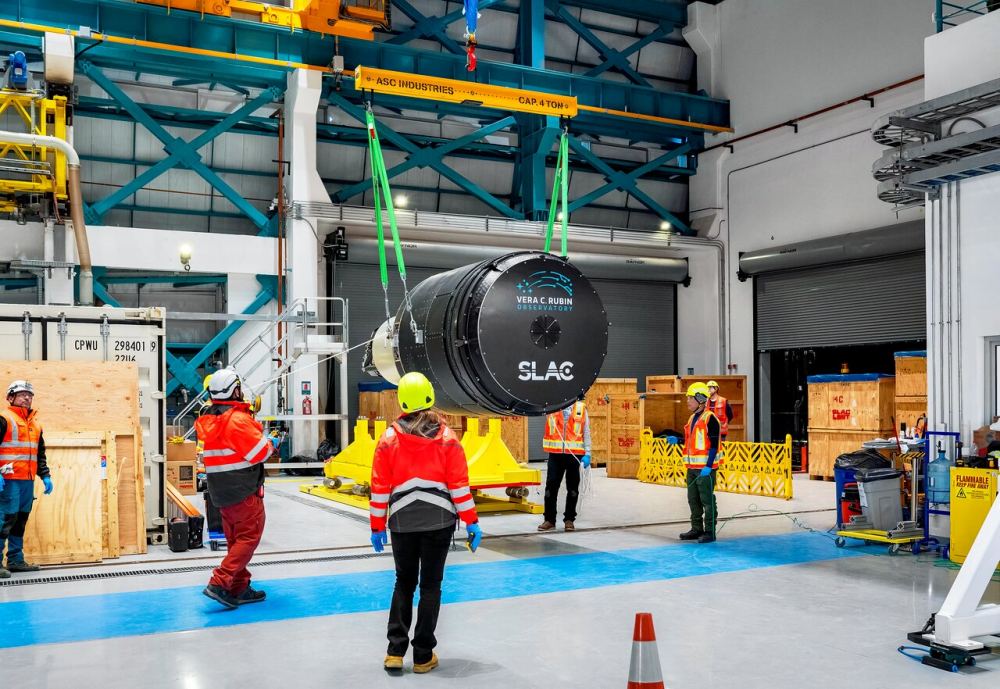
It’s been 20 years in the making, but a 3200-megapixel camera built especially for astrophysics discoveries has finally arrived at its home. The Legacy of Space and Time (LSST) camera was delivered to the Vera C. Rubin Observatory in Chile in mid-May, 2024.
Continue reading “The Largest Camera Ever Built Arrives at the Vera C. Rubin Observatory”This is the Largest Planet-Forming Disk Ever Seen
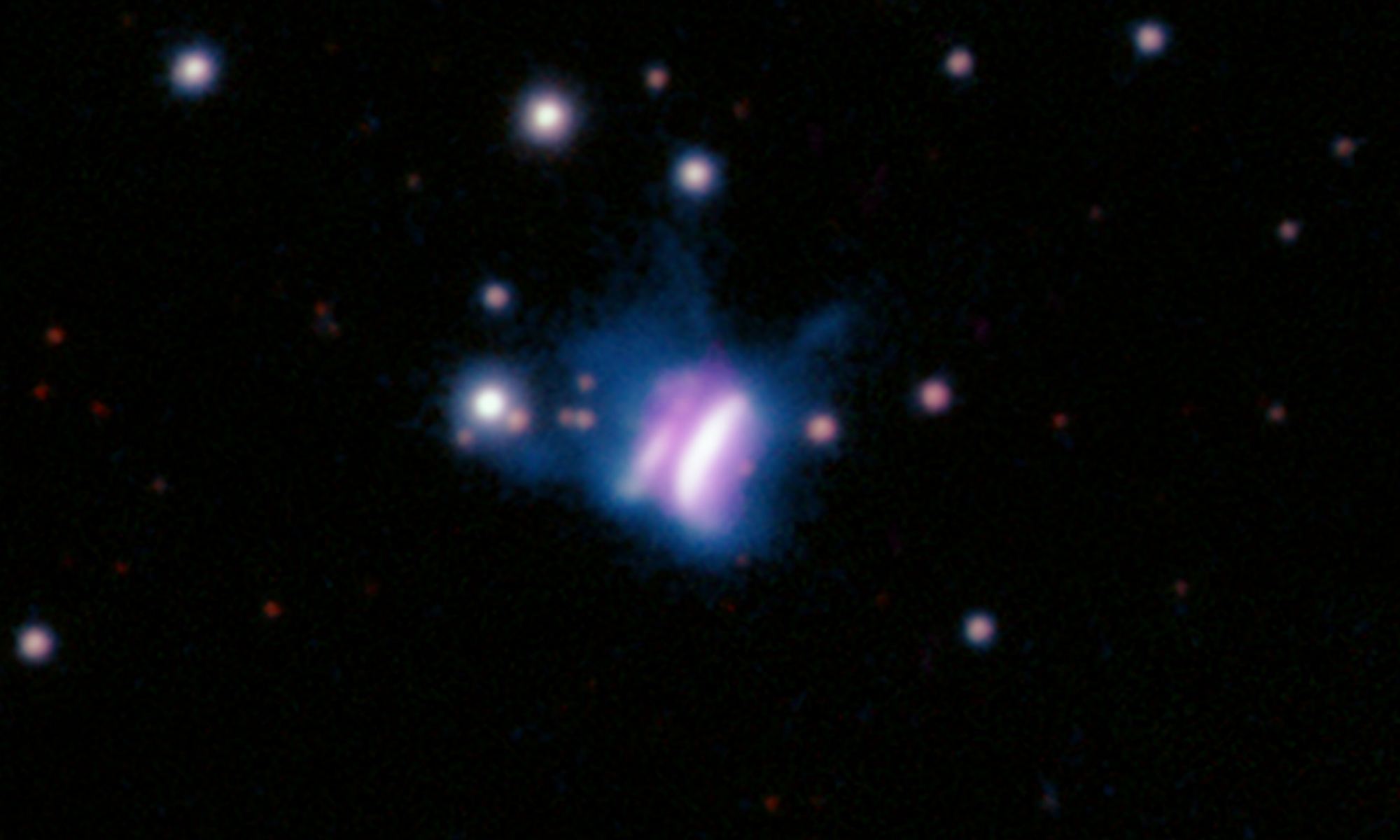
Roughly 1,000 light-years from Earth, there is a cosmic structure known as IRAS 23077+6707 (IRAS 23077) that resembles a giant butterfly. Ciprian T. Berghea, an astronomer with the U.S. Naval Observatory, originally observed the structure in 2016 using the Panoramic Survey Telescope and Rapid Response System (Pan-STARRS). To the surprise of many, the structure has remained unchanged for years, leading some to question what IRAS 2307 could be.
Recently, two international teams of astronomers made follow-up observations using the Submillimeter Array at the Smithsonian Astrophysical Observatory (SAO) in Hawaii to better understand IRAS 2307. In a series of papers describing their findings, the teams revealed that IRAS 23077 is actually a young star surrounded by a massive protoplanetary debris disk, the largest ever observed. This discovery offers new insight into planet formation and the environments where this takes place.
Continue reading “This is the Largest Planet-Forming Disk Ever Seen”Maybe Ultra-Hot Jupiters Aren’t So Doomed After All
Ultra-hot Jupiters (UHJs) are some of the most fascinating astronomical objects in the cosmos, classified as having orbital periods of less than approximately 3 days with dayside temperatures exceeding 1,930 degrees Celsius (3,500 degrees Fahrenheit), as most are tidally locked with their parent stars. But will these extremely close orbits result in orbital decay for UHJs eventually doom them to being swallowed by their star, or can some orbit for the long term without worry? This is what a recent study accepted to the Planetary Science Journal hopes to address as a team of international researchers investigated potential orbital decays for several UHJs, which holds the potential to not only help astronomers better understand UHJs but also the formation and evolution of exoplanets, overall.
Continue reading “Maybe Ultra-Hot Jupiters Aren’t So Doomed After All”
